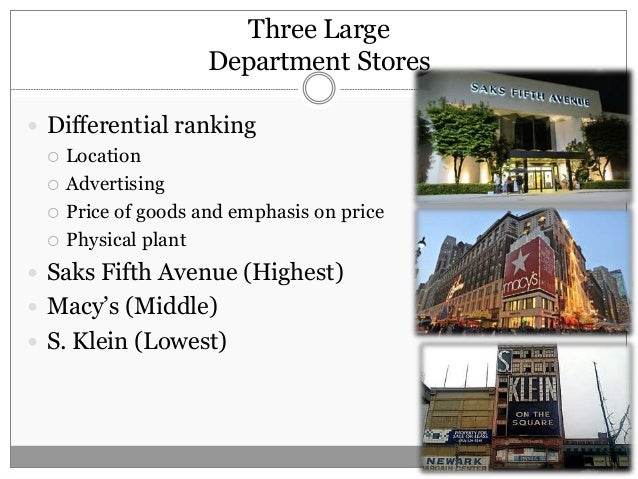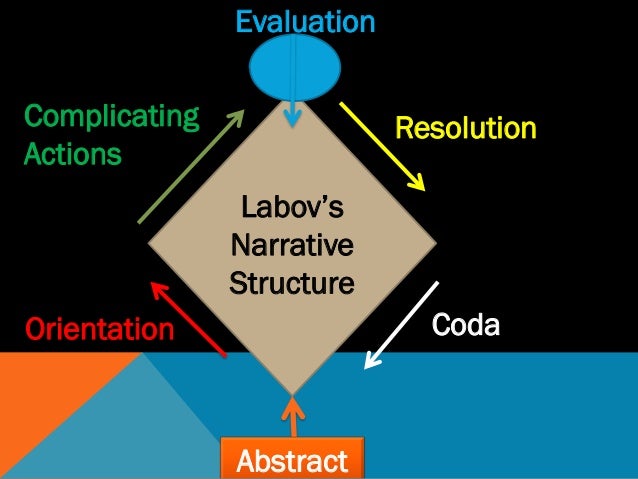
William Labov
William Labov was an American social linguistic, this means
he looked at social variables which affected language use. He also is a professor
at Pennsylvania University. He was interested in the fact of how social class
affected language usage.
Martha’s Vineyard
The theory’s Labov looked at was firstly Martha’s Vineyard.
It was a popular tourist location which was an island off east coast of America,
near New York. In the summer it was mainly tourists there whereas throughout
the year it was islanders, Labov wanted to see how that affected language. He
named the people that went there on holiday "The summer people" and
their status was between middle and upper class. The local population was the
"islanders" who were working class. The island had two different
parts the “Down- island" and the "Up- island". The down island
was where the people live or tourists go, whereas the up island was the
location of the fishing men who were working class. The thing about the
"fishermen was that they were desired by the islanders because they were
valued for the hard work and old fashion ways to help out.
However Labov noticed that the fishermen had their own
pronunciation, because they spoke in a non-standard way. Their vowel sounds
were more different especially the Diphthongs. Diphthongs are two vowel sounds
combined to make their own sound. For example the word "oil" would be
an "oy" sound. This comes from a Greek word which means having two
sounds.
Findings
Now the founding he found was that young islanders were
making a deliberate shift to using the old-style pronunciation. So therefore
his ideas were that they have their own identity which differentiates from the
summer people. This is a deliberate use of divergence. This makes them distance
themselves from the summer people which mean they use their language to
represent their identity.
Department store study
Next is the department store study (1996). This was in
Manhattan New York. Within this theory Labov was testing the patterns of
language usage and their link to prestige and social class. There were three
stores that he experimented on which were Sacks 5th avenue, Macys and Klein’s. Sacks
were the highest in social class, there was a link between prestige and
language. The staff changed their language in order to fit the soundings and
standards of the store. Macys is trying to be as prestige as sacks but it’s not
quite there. So Labov wanted to test something called the social satisfaction
of the post-vocalic r. This was the final r sound in certain words such as beer
or guard. In order for him to test this out within stores he used the word
fourth. He asked a question designed to receive the answer "fourth floor" or similar (methodology).
He then pretended not to hear the response so that they repeat their answer. He
did this because the first time someone answers could be spontaneous whereas
the second time they get more time to process the correct answer which means
they could use their language in a different way.
This means that the r was stratified by class which means
that it was spaced out. The high socioeconomic status pronounces the 'r' more frequently than those with lower
socioeconomic status. His result were that 62% of people in Sacks pronounced the
post-vocalic are, 51% in Macy’s and only 20% in Klein’s. This shows his idea
were correct however there were questions that contradicted his findings.


There were problems and concerns towards his theory. How could Labov possibly know the socioeconomic
status of someone just by asking them where the “fourth floor” was? This challenged his theory because certain
people say things in different ways it could be from things like their accent
or from where they are. This meant that his results could be biased.
Why is he important?
He is an important role for us because he is part of the linguistics
department in Pennsylvania University. He has been described as “An enormously original
and influential figure that has created much of the methodology” The important
thing he discussed was language narrative. Labov with Joshua Waletzky took a
social linguistic approach to examine how language works between people. His
purpose was to “isolate the elements of narrative”, this piece of work focussed
exclusively on oral narratives. He described
it as having two functions, they were referential and evaluative. The referential
functions were to align something in place within a story of its contextual world
by referencing events in sequential order as they originally occurred. The evaluative
function was describing the storytellers’ purpose in telling its story. Then he
divided narrative into six sections, these were; abstract which gives an
overview of a story. Then there was orientation which serves to orient the
listen in respect to the person, place, time and behaviour situation. Next was
complication, this was the main story during which the narrative unfolds. Evaluation
was after, it was where the author evinces self-awareness, giving explicit or
implicit purpose to the retelling of the story. This was followed by resolution,
this was something that occurs sequentially, it may give the story a sense of
completion. Finally coda, coda was where the listener returns to present
drawing them back out of the world of the story into the world of the story
telling event. However some narratives do not have a coda so it is not always essential.


No comments:
Post a Comment